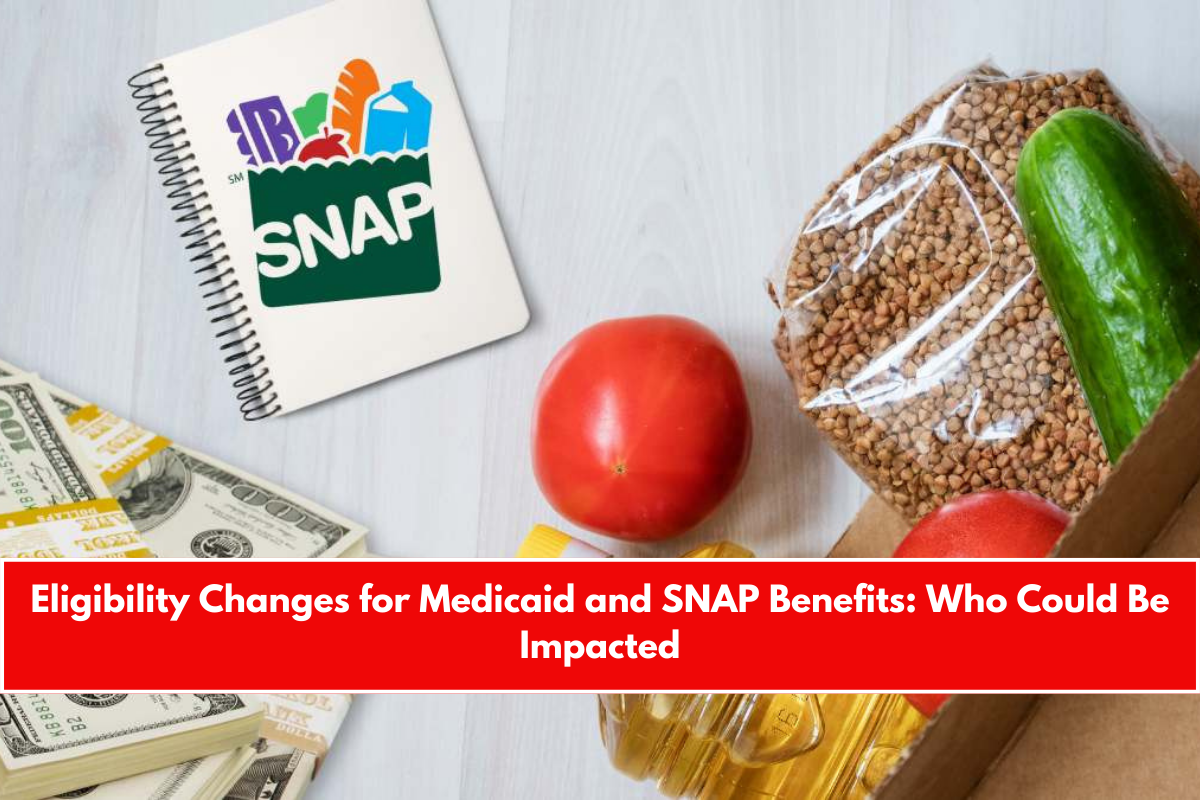Medicaid is a low-income health insurance program offered across the United States, with eligibility criteria based mostly on income, family size, and, in certain circumstances, specified illnesses. The same is true for SNAP benefits, the “food stamp” program for low-income families, which has a set of conditions that are almost identical throughout the country. Well, until today.
The Iowa Senate Appropriations Subcommittee approved Senate File 599 on Thursday, a measure that alters the job requirements for Medicaid and Supplemental Nutrition Assistance Program (SNAP) benefits. The effort aims to match both programs with job requirements, while making allowances for disadvantaged people.
State imposes work rules on Medicaid and SNAP benefits
The legislation instructs the Iowa Department of Health and Human Services to seek a federal waiver to put work requirements on the Iowa Health and Welfare Plan (IHAWP), which covers people earning up to 133% of the poverty line. The guidelines would apply to inhabitants aged 19 to 65, except those with impairments, parents of children under the age of six, high-risk pregnant women, and those getting addiction treatment.
Although the previous version needed 20 hours of labor or volunteering per week, the present version does not state how many hours are necessary. This has sparked concerns regarding its execution and the potential impact on coverage. Organizations fear that the proposal may raise hospital expenses by restricting access to critical pharmaceuticals.
Leslie Carpenter of Iowa Mental Health Advocacy estimated that 100 uninsured persons would spend $150,000 each day in the hospital, which would grow to $1.3 million if they needed to stay for a week. “These estimates are conservative: the real risk could be higher,” he said. Others noted that states such as Georgia had failed to implement comparable regulations.

Maximum SNAP benefits allocations in 2025?
Until September 30, 2025, SNAP benefits will distribute the following maximums, according to household size:
- Household size 1: $292
- Household size 2: $536
- Household size 3: $768
- Household size 4: $975
- Household size 5: $1,158
- Household size 6: $1,390
- Household size 7: $1,536
- Household size 8: $1,756
- Each additional person: $220
Households also have to meet certain monthly income limits, which apply to the lower 48 states and D.C., Alaska, Hawaii, Guam, and the U.S. Virgin Islands. These are the maximum monthly gross income limit, which is 130% of the federal poverty level (applies to the lower 48 states and District Columbia):
- Household size 1: $1,580
- Household size 2: $2,137
- Household size 3: $2,694
- Household size 4: $3,250
- Household size 5: $3,807
- Household size 6: $4,364
- Household size 7: $4,921
- Household size 8: $5,478
- Each additional person: $557
Medicaid Eligibility Requirements in 2025: Key Criteria
Medicaid eligibility requirements in 2025 vary by state, as seen in this article about Iowa, but are based on common factors: income (with limits adjusted for household size and location), age (prioritizing children, seniors, and people with disabilities), citizenship (citizens or legal residents only), and state residency. Pregnant women and those with crippling medical issues must also meet certain standards. Low income remains the priority, albeit specific limits vary by jurisdiction.
We recommend you to contact your local SNAP or Medicaid office to find out whether these changes impact your eligibility and what you should do next.


















Leave a Reply